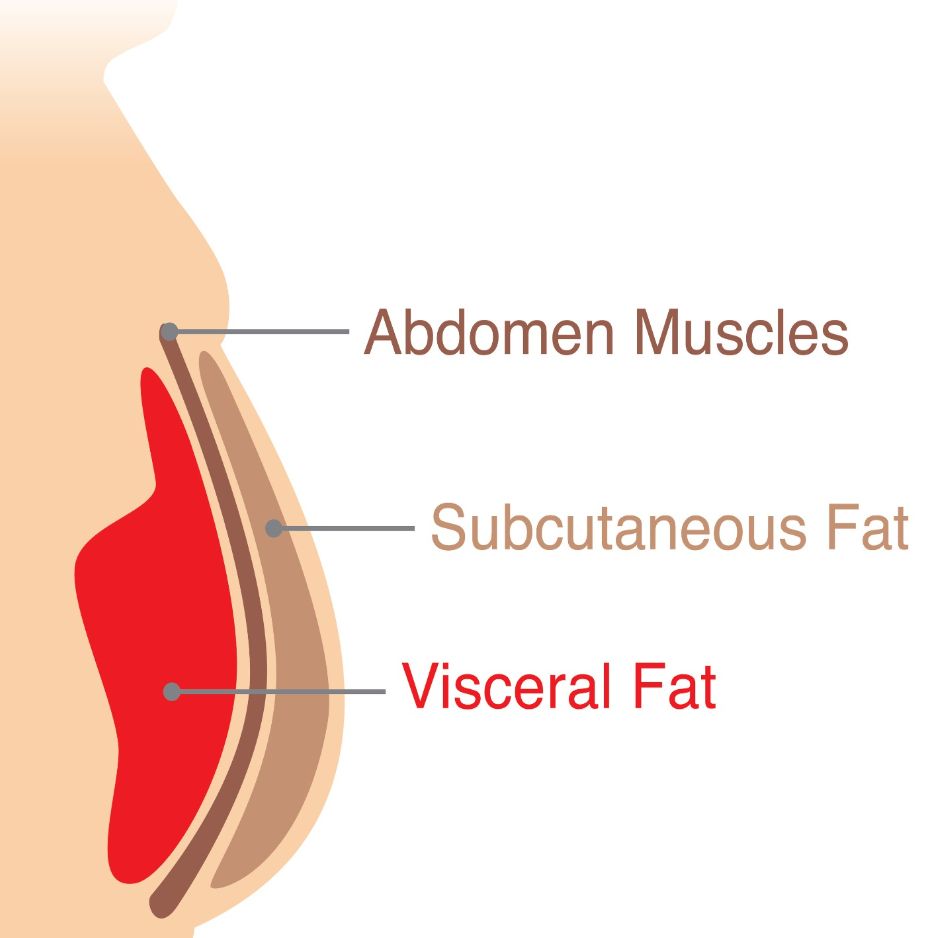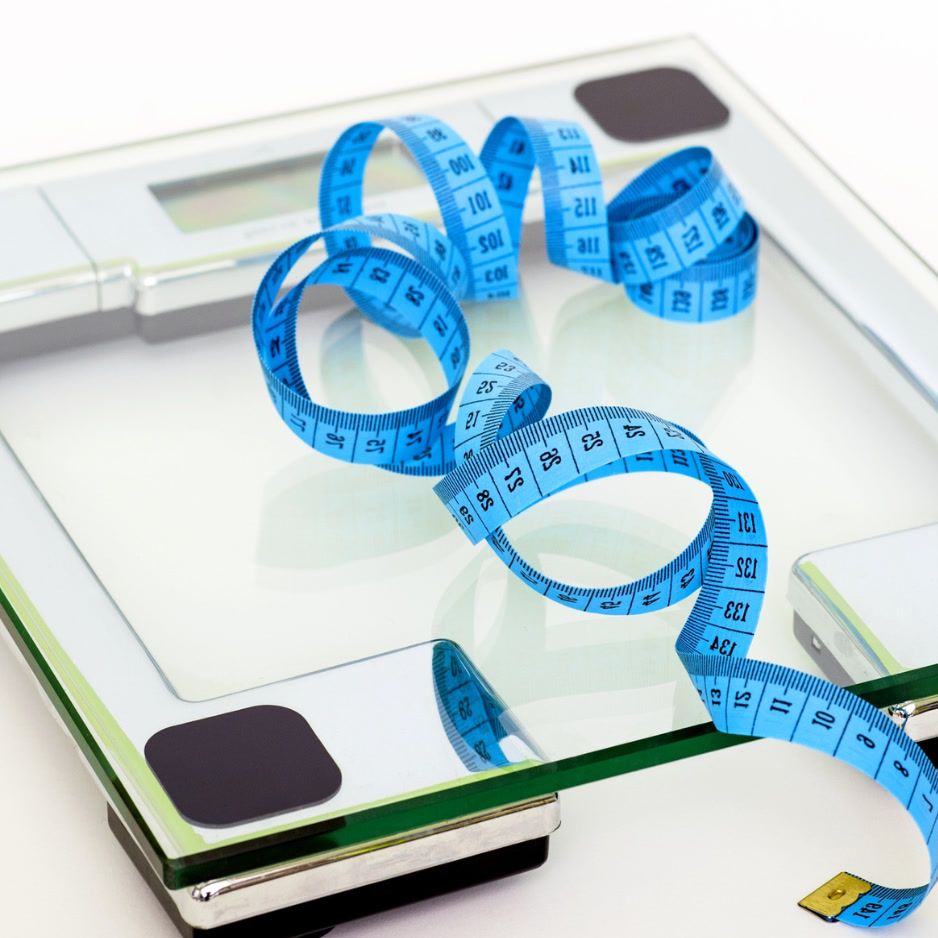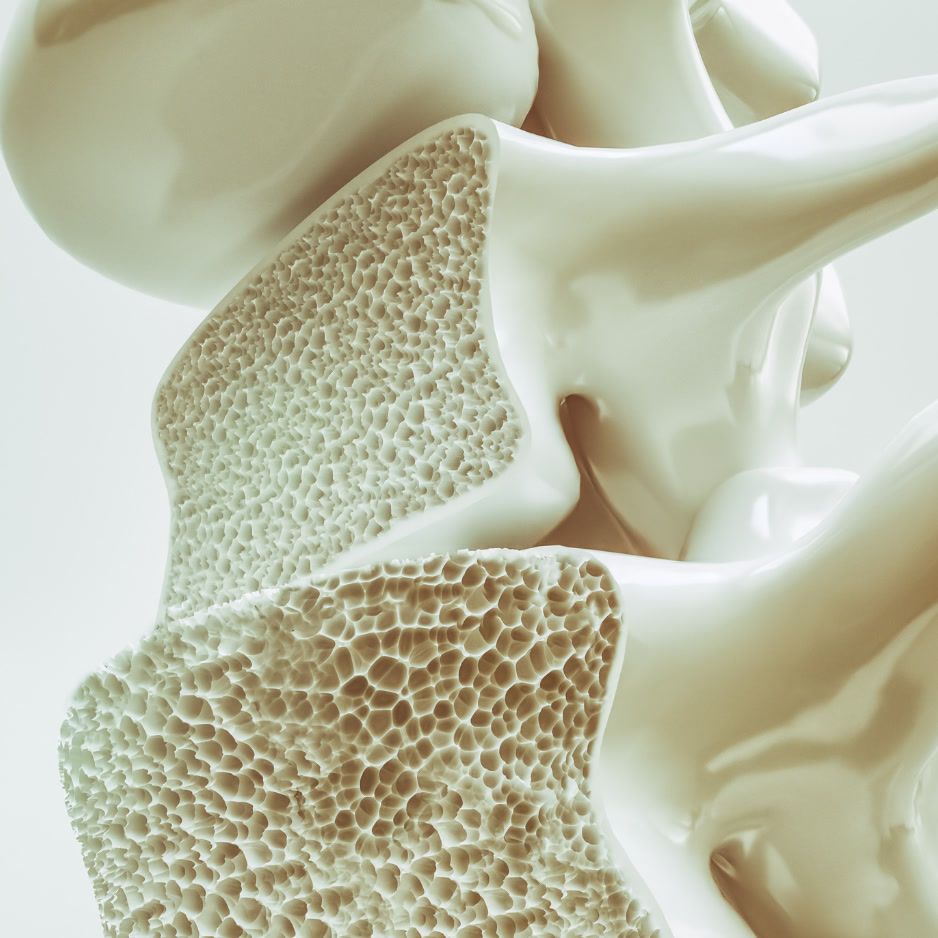Fat‑Free Mass (FFM): How to Calculate and Maintain It
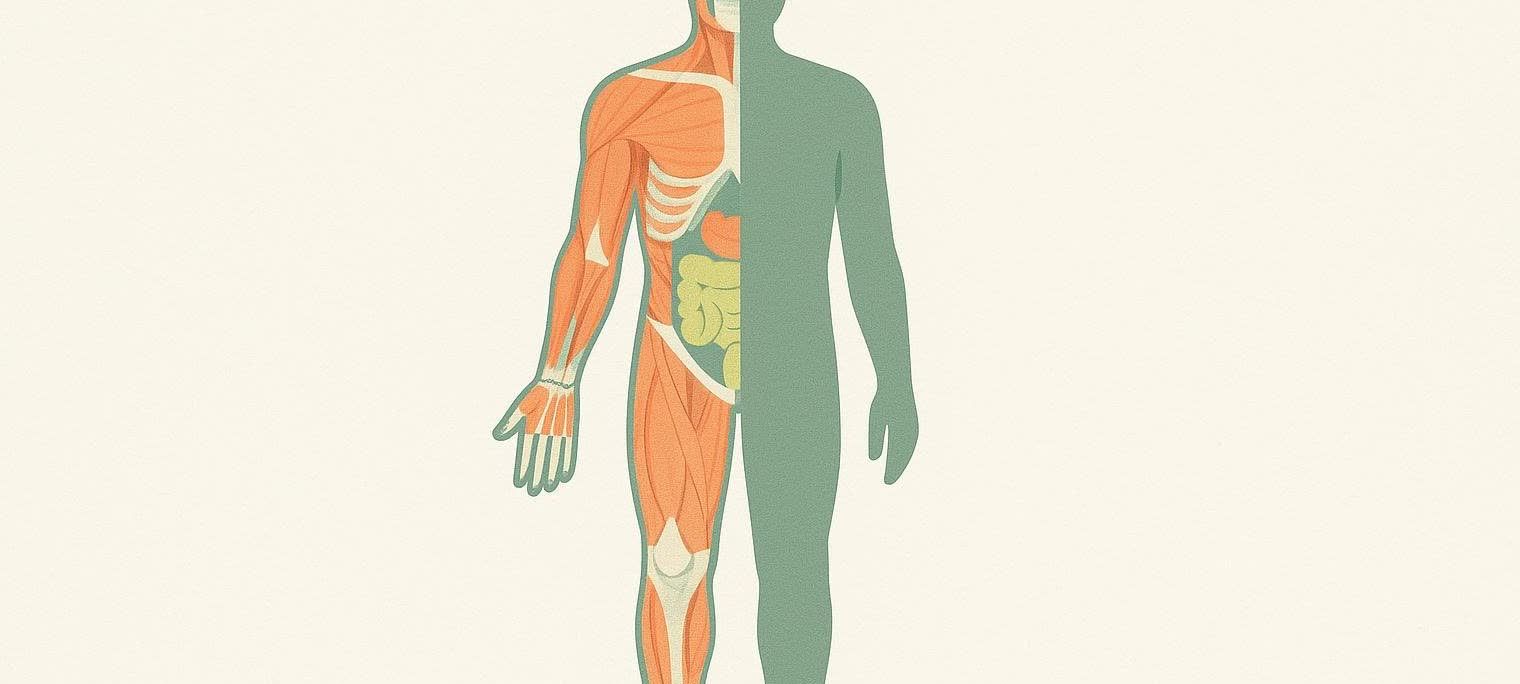
Fat‑Free Mass (FFM): How to Calculate & Keep It
Want to understand what your weight is composed of beyond fat? That’s your fat‑free mass (FFM): muscle, bone, organs, and water. Knowing your FFM helps you set smarter protein targets, design better training phases, and verify progress with objective data.
Quick answer
• FFM = your body weight minus fat.
• Fast estimate: use the calculator below. Best measurement: a DEXA scan.
• Track it to make sure weight changes are coming from fat — not muscle.
• Simple playbook: eat enough protein, lift 2–4x/week, use a moderate calorie deficit when cutting, re-scan every 8–12 weeks.
What is fat‑free mass?
Fat‑free mass is everything in your body that isn’t fat: skeletal muscle, organs, bone, and body water. Historically, “lean body mass” (LBM) included a tiny amount of essential fat in cell membranes. A 2024 review concludes that in practice LBM and FFM are chemically equivalent and recommends using the clearer term FFM to avoid confusion (Advances in Nutrition, 2024).
How FFM differs from other terms:
- Body weight = fat mass + fat‑free mass
- FFM ≈ LBM (chemically equivalent in modern usage)
- “Lean soft tissue” = FFM without bone (this is what DEXA reports as lean mass)
For a big‑picture refresher on why body composition beats scale weight for tracking progress, see our overview: Body Composition vs Weight: What Matters.
The fastest ways to measure or estimate FFM
- Prefer multiple equations and side‑by‑side results? Try our Ultimate Lean Body Mass Calculator.
- Want the most accurate number? Book a DEXA scan. It separates fat, lean soft tissue, and bone in minutes and provides regional breakdowns and a visceral fat estimate (Insights into Imaging, 2020). Learn about our accuracy controls in the BodySpec DEXA Scan Accuracy Guide.
How to measure FFM: methods, pros, and cons
-
DEXA (dual‑energy X‑ray absorptiometry) — widely considered the clinical gold standard for body composition
- Measures: bone mineral, fat mass, lean soft tissue; estimates visceral fat.
- Pros: fast; very low radiation dose (minutes on the table); regional detail; VAT estimate; strong agreement with MRI/CT for whole‑body fat/lean (JCMR, 2018).
- Precision: under consistent prep, BodySpec’s QA and fleet harmonization typically deliver about ±0.5% scan‑to‑scan repeatability on body‑fat percentage so small, real changes show up clearly.
- Notes: assumes ~73% hydration of lean tissue, so keep prep consistent (AJCN, 1999).
- Best for: baselines, precise progress checks, regional analysis, and VAT tracking.
-
MRI/CT
- Measures: direct tissue volumes and fat infiltration.
- Pros: maximal anatomical detail (MRI has no ionizing radiation).
- Cons: cost (MRI) and radiation (CT).
- Best for: research, validation, detailed regional composition (JCMR, 2018).
-
BIA (bioelectrical impedance)
- Measures: total body water as a proxy to estimate FFM and fat.
- Pros: accessible, quick.
- Cons: hydration/food/exercise sensitive; larger individual error vs DEXA/MRI.
- Best for: frequent at‑home trend tracking with strict test‑prep consistency.
-
Hydrostatic weighing / Bod Pod (ADP)
- Measures: two‑compartment density models (fat vs fat‑free).
- Pros: research‑backed for total %fat.
- Cons: no regional data; rely on constant hydration assumptions; less convenient.
- Best for: periodic %fat assessments when regional detail isn’t required.
-
Skinfold calipers
- Measures: subcutaneous fat thickness to back‑calculate %fat and FFM.
- Pros: low cost; field‑friendly.
- Cons: skill‑dependent; no VAT insight; lower individual accuracy.
Common FFM equations (and where they fall short)
Height‑ and weight‑based formulas are handy when a scan isn’t available. The most used are:
- Hume (1966) — based on total body water via dilution; simple sex‑specific equations (J Clin Pathol, 1966).
- Boer (1984) — designed to normalize body fluid volumes for clinical use (Am J Physiol, 1984).
- James (developed in the 1970s) — includes a weight‑to‑height‑squared term; tends to under‑estimate LBM in severe obesity (EJNMMI Phys, 2015).
Reality check on accuracy: in clinical studies, these formulas can over‑ or under‑estimate lean mass by a wide margin (often ±12 kg or more) compared with imaging methods like CT. Treat them as estimates; prefer imaging when precision matters (PLOS One, 2016).
Need a refresher on lean‑mass math and trade‑offs? See What Is Lean Body Mass?.
Benchmarks to put your FFM in context: FFMI and LMI
- FFMI (Fat‑Free Mass Index) = FFM (kg) / height² (m²)
Drug‑free male athletes commonly cluster up to ~25; higher values often indicate pharmacologic enhancement (Clin J Sport Med, 1995). Try our tool: our FFMI Calculator.
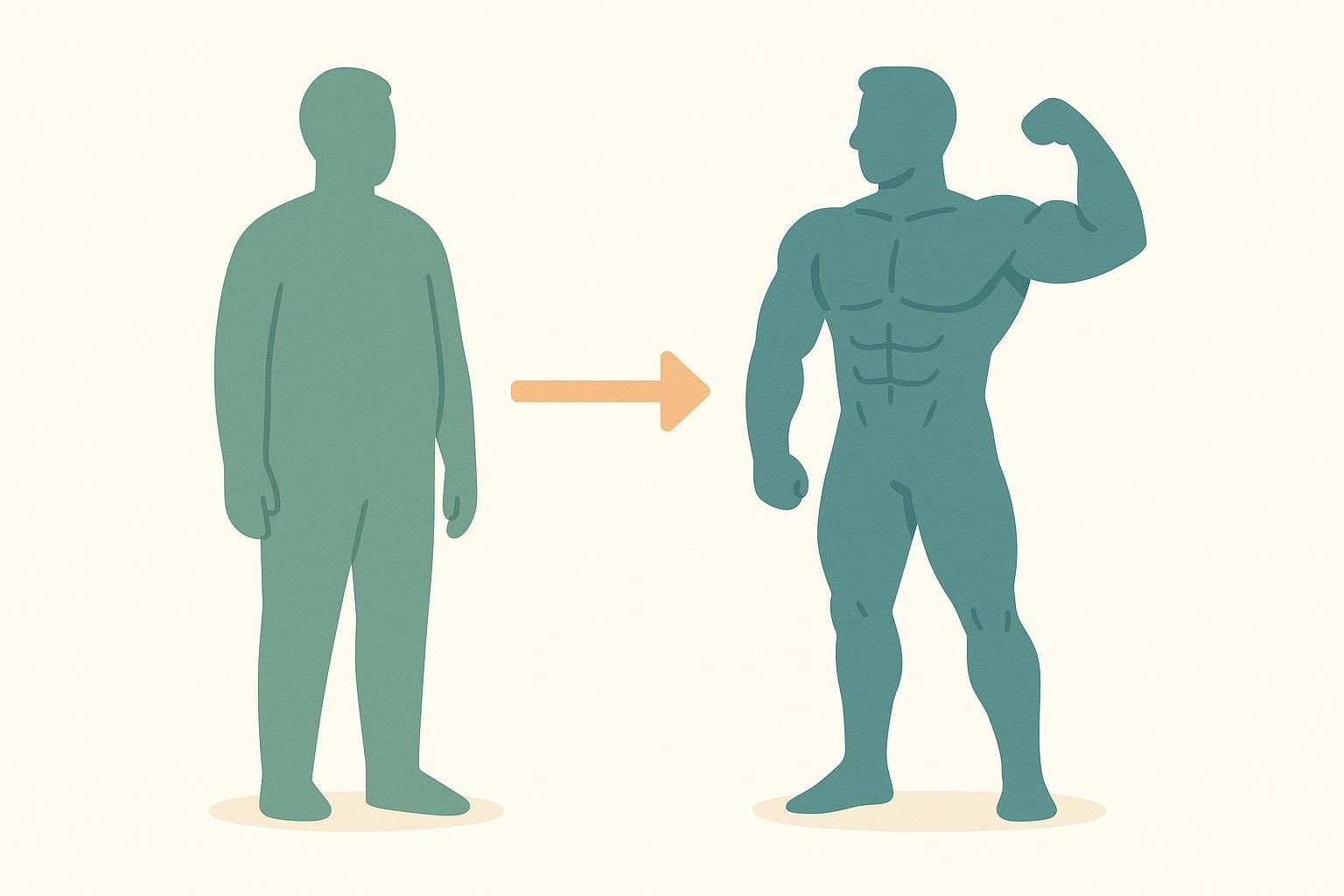
- LMI (Lean Mass Index) = Lean Mass (kg) / height² (m²) and ALMI (Appendicular Lean Mass Index) = Appendicular Lean Mass (kg) / height² (m²)
These indices scale lean mass to height, similar to BMI, and are useful for comparing across individuals and tracking changes. Reference curves by age/sex show lean mass tends to be higher in men and VAT rises with age (EJCN, 2020).
Tip: choose one benchmark (FFMI or LMI) and track it on the same device to reduce noise.
Keep (or gain) your FFM during fat loss: a simple plan
While a common rule of thumb suggests about a quarter of weight lost is lean mass, the actual proportion varies significantly with starting body fat, diet, training, age, and timing. Leaner individuals tend to lose a higher fraction of FFM; structured resistance training and higher protein intakes reduce FFM losses (Obesity Reviews, 2014).

Your checklist:
- Prioritize protein
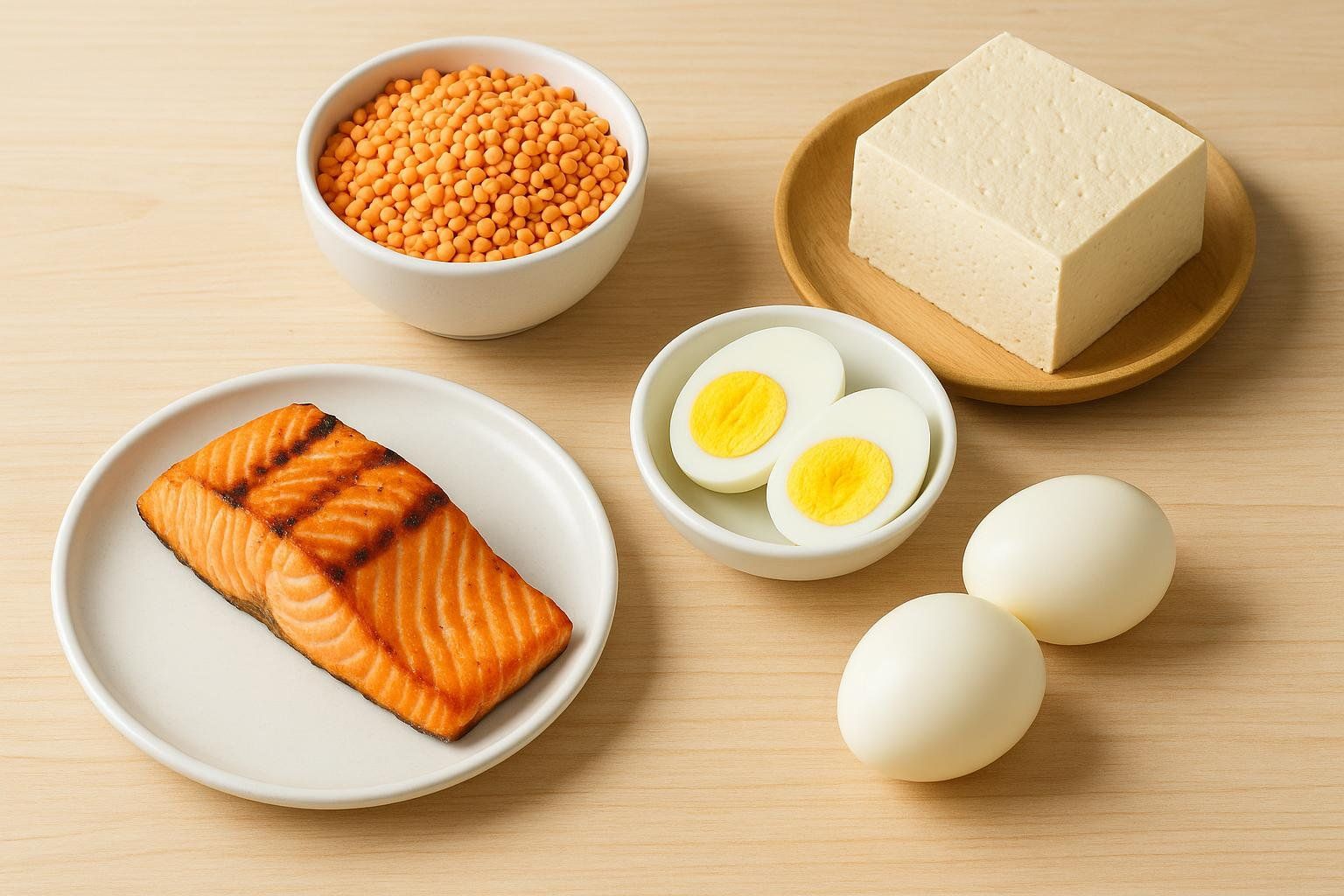
Aim for ~ 1.6 g/kg body weight ( ~0.7 g/lb) daily. Intakes above ~1.6 g/kg show diminishing returns for FFM gains with lifting (BJSM, 2018).
- Lift weights 2–4×/week
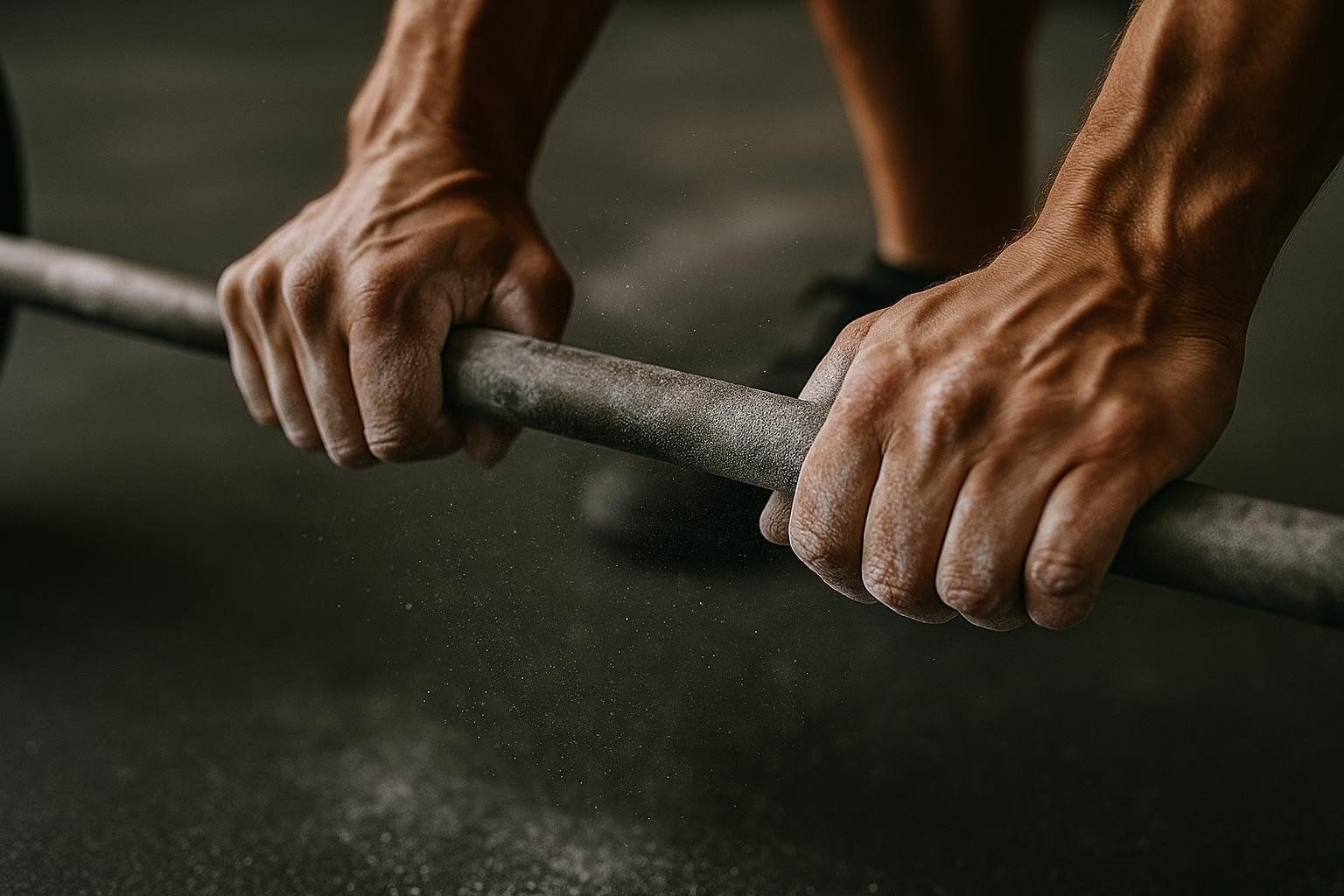
Progressive resistance training is the #1 driver of muscle retention and growth. For a detailed plan, see our guide to improving body composition.
- Use a moderate calorie deficit when cutting
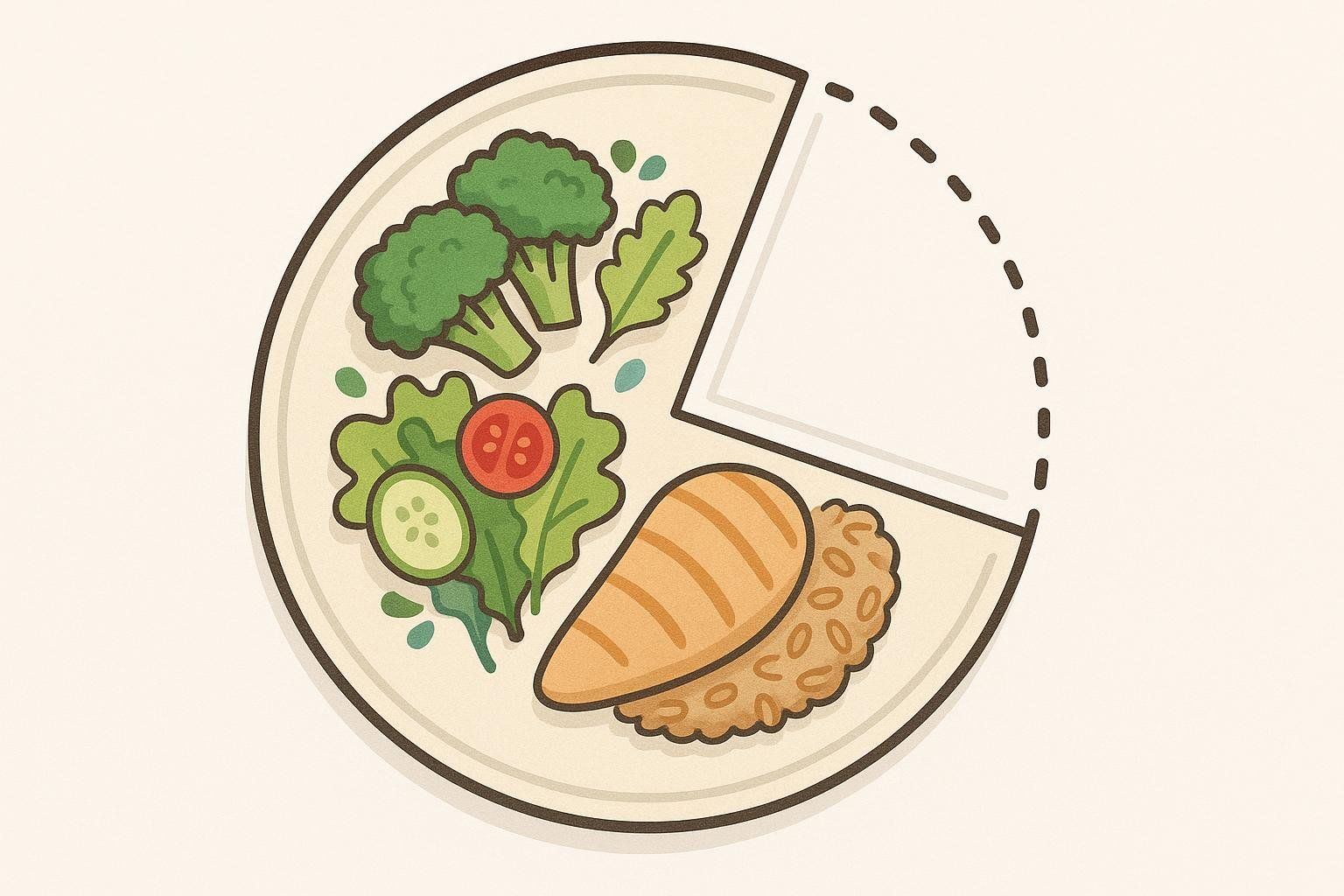
Favor a sustainable deficit to maintain training quality. Reassess every 8–12 weeks with DEXA to confirm fat loss while minimizing FFM loss.
- Standardize recovery variables
Sleep 7–9 hours; keep hydration consistent before scans; book scans at a similar time of day to improve repeatability (Insights into Imaging, 2020).

How to calculate FFM from your DEXA report
DEXA reports “lean mass,” which is lean soft tissue (muscle, organs, body water) without bone. To approximate whole‑body FFM from a DEXA report: add bone mineral content (BMC) to lean mass.
Also on your report:
- Visceral adipose tissue (VAT) estimate: a meaningful indicator of metabolic risk that typically rises with age and is higher in men (EJCN, 2020).
- Regional breakdowns (arms/legs/trunk): helpful for spotting asymmetries and tracking targeted training.
Learn how to read each line item in Interpreting DEXA Scan Results.
FAQ: people also ask
-
Is FFM the same as lean body mass?
Essentially yes in modern usage; both refer to all non‑fat tissues. A 2024 review recommends using the term FFM to reduce confusion (Advances in Nutrition, 2024). -
What’s a “good” FFM or FFMI?
Context matters. For FFMI, drug‑free men commonly span the high‑teens to low‑20s, with ~25 near the upper natural bound in classic data (Clin J Sport Med, 1995). Use our FFMI Calculator to benchmark. -
Does DEXA assume constant hydration?
Yes — lean tissue hydration is modeled at ~73% in adults; acute dehydration can nudge readings, so standardize prep (AJCN, 1999). -
Is MRI better than DEXA?
MRI offers unparalleled regional detail (e.g., muscle volume and fat infiltration). For whole‑body fat and lean, DEXA and MRI show excellent agreement; MRI is costlier and less accessible (JCMR, 2018). -
Can I build FFM while losing fat?
Yes — especially if you’re new to lifting or returning after time off. Pair progressive resistance training with ~1.6 g/kg/day protein and a moderate deficit (BJSM, 2018).
Action plan and next steps
Ready for a precise baseline and clear, repeatable tracking? Book a BodySpec DEXA scan and follow the DEXA scan preparation checklist. Re‑scan every 8–12 weeks to confirm you’re losing fat, not muscle.
